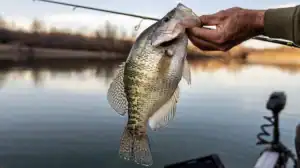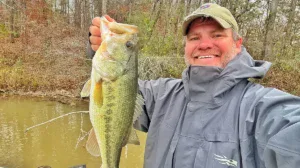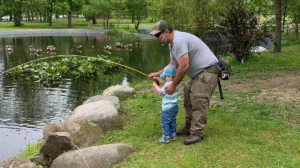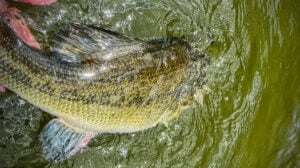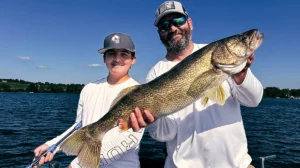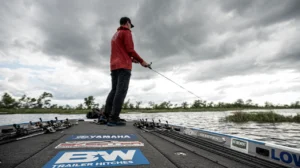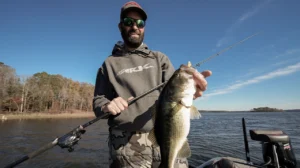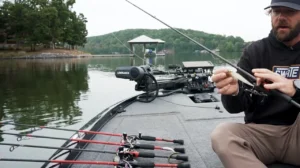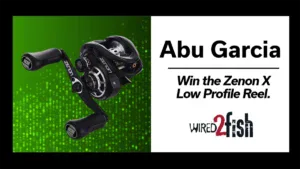From the tranquil lakes of the Northwoods to the winding rivers of the South, freshwater fishing remains a defining part of the American outdoors. It’s more than a sport — it’s a tradition, a family ritual, and, for many, a vital part of rural economies. But today, freshwater fishing stands at a critical crossroads.
Across the country, state fish and wildlife agencies are reevaluating management strategies in response to environmental change, habitat degradation, and increasing pressure on popular game species like largemouth bass, trout, and crappie. Warmer winters and unpredictable rainfall are altering fish behavior and spawning patterns, while invasive species — like zebra mussels and Asian carp — are reshaping ecosystems at alarming rates.
In response, some states are implementing tighter regulations, such as reduced daily bag limits or temporary lake closures to protect spawning beds. While many anglers support science-based conservation, others feel sidelined — especially when long-standing fishing access is suddenly restricted without much local input.
At the same time, participation in freshwater fishing is growing, particularly among younger and more diverse demographics. Thanks to social media and fishing apps like Deep Dive and onX, more people are discovering the joy of catching their first bluegill or smallmouth bass. But more anglers on the water also means more strain on finite resources.
So how do we keep the lakes and rivers healthy without losing the very communities and traditions that sustain them?
Part of the answer lies in embracing modern stewardship. Many anglers today are already practicing catch-and-release, using barbless hooks, and joining habitat restoration events. Grassroots conservation groups are working with state agencies to replant shoreline vegetation, improve fish habitat, and monitor water quality. These are the kinds of partnerships that should be expanded, not overlooked.
We also need more inclusive, science-informed policymaking. That means inviting weekend anglers, tournament organizers, and other stakeholders into the room when regulations are crafted — not just after they’re announced. It also means continuing to invest in aquatic habitat restoration, and yes, maybe even hatchery programs, that benefit both fish populations and the communities that rely on them.
Freshwater fishing is not just a leisure activity — it’s an economic engine, supporting thousands of bait shops, boat dealers, guides, and resort towns. If we fail to find a balanced approach, we risk eroding both the natural and human ecosystems that make freshwater fishing what it is.
We’re at a turning point. Will we protect the waters and species we love, or will we fish them into decline? The answer depends on our willingness to move past old divisions and work together — angler to agency, baitcaster to biologist.
Because if there’s one thing all anglers can agree on, it’s this: we want to pass down a love of fishing, not a story of what used to be.






